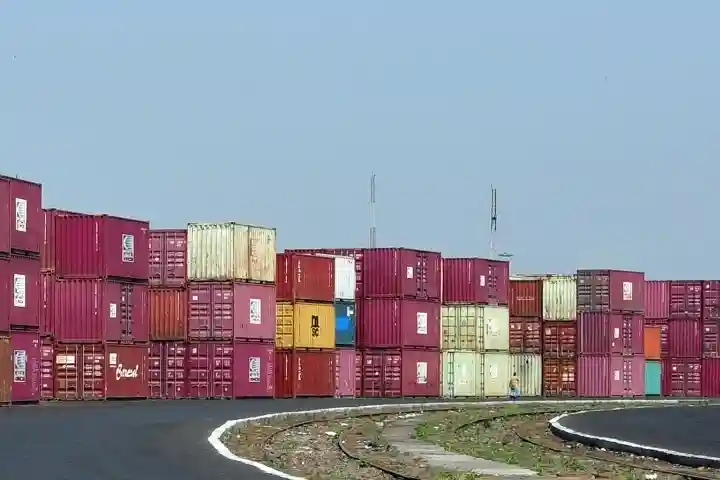

Is RCEP a success story?
The much-hyped Regional Comprehensive Economic Partnership (RCEP) signed in November 2020 is yet to bear fruit. Though the trade pact is still taking shape, a trade analyst said that the mega deal has not yet been a success story as was expected primarily due to the sudden shifts in the geopolitical and geo economic contours.
Touted as one of the largest trade pacts it has 15 member countries — China, Japan, South Korea, Australia, New Zealand, Vietnam, Thailand, Singapore, Philippines, Myanmar, Laos, Malaysia, Indonesia, Cambodia and Brunei after years of negotiation. India, which was initially part of the negotiations, opted out. While many experts had criticised India’s move at that juncture, New Delhi’s strategy of focusing on bilateral trade pacts has paid off so far.
“As of now, it doesn’t seem to be a big success story, in fact India’s strategy of going ahead with bilateral trade agreements is working. By not joining the RCEP, India has not lost much,” a trade expert told India Narrative.
In January, the South China Morning Post in a report said that the “big bang” effects of integrating supply chains and erasing restrictive trade practices among 15 signatory countries are expected to take time to materialise.
The news organisation said that RCEP “is still finding its footing.” According to analysts, “the pact – once regarded as a China-backed alternative to the eventually scrapped US-led Trans-Pacific Partnership – needs more time to grow into a trade behemoth benefiting its 15 signatory countries in the Asia-Pacific region,” it added.
Considered a game changer at one time, the TPP, an agreement that was signed by twelve Pacific Rim countries, including the US, comprised 40 per cent of the global economy.
India, which walked out of RCEP, is looking to ink a host of free trade agreements. Talks with the UK and the GCC are in an advanced stage.
“India and GCC have resumed discussions on concluding the Free Trade Agreement. We have exchanged preliminary documents, and the delegations have been meeting. We hope this will soon become a reality, bringing newer opportunities for businesses on both sides,” Ausaf Sayeed, Secretary at India’s Ministry of External Affairs recently said at the 6th India Arab Partnership Conference. India and UAE signed a Comprehensive Economic Partnership Agreement last year. Amid its focus on boosting trade, India is simultaneously pushing for rupee trade.
The Reserve Bank of India (RBI) and the Central Bank of UAE has just decided to allow trade to their respective domestic currencies — rupee and dirham.
Meanwhile, India’s merchandise exports in June dropped 22 per cent to $32.97 billion from $42.28 billion a year earlier due to the slowing demand in major economies. Imports too fell 17.48 per cent to $53.1 billion compared to $64.35 billion a year ago.
Also read: Sheikh Hasina’s Bangladesh looks ahead, begins free trade negotiations with 11 countries
Prime Minister Narendra Modi on Tuesday held a telephonic conversation with Union Home Minister Amit…
Prime Minister Narendra Modi landed in Jeddah on Tuesday for a two-day State visit to…
Lauding the "deep connection" between the United States and India, US Vice President JD Vance…
Indian Minister of Power and Housing Affairs, Manohar Lal Khattar, visited the Arun-III Hydel Project,…
The body of the late Pope Francis will be transferred to St. Peter's Basilica on…
The case of Baloch human rights activist Dr Mahrang Baloch has been officially accepted for…